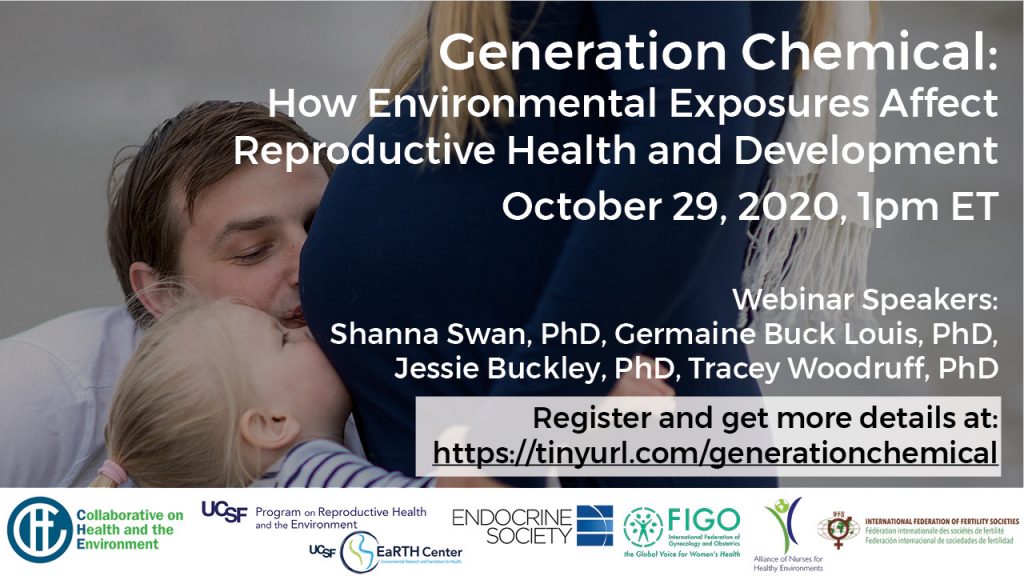Two studies from the all-virtual ENDO 2021 focused on how pregnancy is impacted by endocrine-disrupting chemicals. From both ends of the umbilical cord, research shows that both mothers and offspring feel the effects of these chemicals, sometimes for generations to come. In 2009, the Endocrine Society’s first Scientific Statement on endocrine-disrupting chemicals (EDCs) was...
Endocrine-disrupting chemicals (EDCs) may influence hormonal shifts during pregnancy as well as contribute to postpartum depression, according to a small study published in the Endocrine Society’s Journal of Clinical Endocrinology & Metabolism. Postpartum depression is a serious and common psychiatric disorder that affects up to one in five childbearing women. The cause of postpartum depression...
Factors Other than Gestational Weight Gain Linked to Metabolic Complications of Pregnancy
Factors other than how much weight a woman gains during pregnancy may contribute to metabolic complications such as gestational diabetes (GDM), according to a paper recently published in Journal of the Endocrine Society. Researchers led by Fernanda L. Alvarado, MD, of the Mother Infant Research Institute at Tufts Medical Center in Boston, Mass., point out...
New study shows girls with excess body fat developed fully mature breasts more slowly but started their period sooner. Puberty looks different, in terms of both reproductive hormones and breast maturation, in girls with excess total body fat, according to a new study published in the Endocrine Society’s Journal of Clinical Endocrinology & Metabolism. Previous...
Cause & Effect: Patients with Obesity and Thyroid Function Testing
According to a new guideline from the European Society of Endocrinology, patients with obesity should be routinely tested for thyroid function. However, testing for other endocrine-related conditions should be guided by the presence of symptoms. The endocrine system and obesity can have a push-pull relationship. Some endocrine disorders — such as hypothyroidism and Cushing’s syndrome...
Endocrine Society Co-Sponsors Webinar Series on EDCs and Reproductive Health
 Join Endocrine Society members Shanna Swan, PhD; Jessie Buckley, PhD; and Tracey Woodruff, PhD, October 29 at 1pm ET for the first webinar in a new series, Generation Chemical: How Environmental Exposures Affect Reproductive Health and Development. Brought to you by the Collaborative on Health and the Environment and the University of California, San Francisco...
Join Endocrine Society members Shanna Swan, PhD; Jessie Buckley, PhD; and Tracey Woodruff, PhD, October 29 at 1pm ET for the first webinar in a new series, Generation Chemical: How Environmental Exposures Affect Reproductive Health and Development. Brought to you by the Collaborative on Health and the Environment and the University of California, San Francisco...Burning Questions: Are E-Cigarettes Safer than Traditional Cigarettes for Pregnant Women?
While the health risks linking tobacco use by pregnant woman has been long understood, vaping presents a new frontier. A recent mouse study from the Journal of the Endocrine Society appears to show that there are some definite ill effects of e-cigarettes and the health of the offspring. We’ve known for decades about the health...
Blood tests could replace menstrual periods as a gauge for when a women is nearing menopause, according to new research published in the Endocrine Society’s Journal of Clinical Endocrinology & Metabolism. The study found measuring levels of anti-Müllerian hormone (AMH) can predict when a woman’s final menstrual period will occur. AMH serves as an indicator...

